Milwaukee Joining Push for Commuter Rail Line
City formalizing commitment to Kenosha-Racine-Milwaukee rail line.
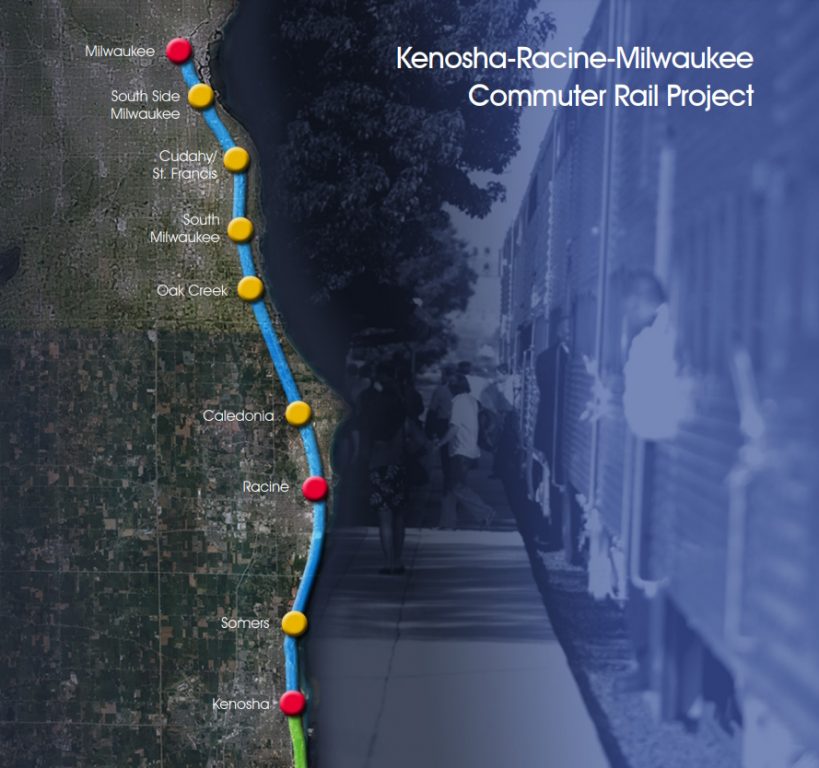
Route map of the proposed Kenosha-Racine-Milwaukee (KRM) commuter rail line. Image from New Starts grant application.
The KRM is back, though the letters are now scrambled.
The City of Milwaukee is poised to join the Milwaukee Area-Racine-Kenosha Passenger Rail Commission (MARK). The new entity is being created to revive plans for the Kenosha-Racine-Milwaukee (KRM) commuter rail line.
“What this would establish is a commission that could then apply for what’s then called Corridor ID from the federal government, which then puts us in line for federal funding that is available that would establish this rail line,” said Redevelopment Authority of the City of Milwaukee deputy director Dave Misky to the Public Works Committee Wednesday morning.
The Common Council in each of the three largest cities on the route is now formally approving a cooperation agreement to finalize an updated plan for the line.
“All of the mayors are very excited about the opportunity to apply for this grant,” said Misky of Mayor Cavalier Johnson, Racine Mayor Cory Mason and Kenosha Mayor David Bogdala. Each endorsed the idea in an August press release.
The 33-mile line would follow the lakefront from the Chicago-focused Metra station in Kenosha north to downtown Milwaukee, linking several south suburban communities with a 53-minute end-to-end trip.
With support from U.S. Sen. Tammy Baldwin, Racine received a $5 million federal planning grant in 2022 to restart the planning effort. The City of Milwaukee, said Misky, has been involved in that effort. The council endorsed its participation in late 2024.
The KRM project was first studied in the late 1990s, with a preferred route and configuration identified in 2006. In 2009, the Democratic-controlled Wisconsin State Legislature granted a regional transit authority (RTA) responsible for the project the ability to levy an up to $18 rental car tax to fund the KRM’s operations. In 2010, the RTA applied for federal support to undertake engineering work on a project estimated to cost $233 million.
But Republicans took control of the Legislature and, with Representative Robin Vos leading the way, killed the proposal in 2011. Vos, who represents southern Racine County and is now the Assembly Speaker, had switched from supporting initial funding to opposing the project’s operational funding.
An $18 million federal grant to fund the KRM’s initial operating costs was redirected to bus systems in Kenosha, Racine and Milwaukee counties. The $1.2 million remaining from an initial $2 rental car tax was split between the counties.
Compared to the inland Amtrak Hiawatha Service line, the KRM service would stop more frequently and operate at lower speeds. A total of 14 round trips per day were contemplated in the 2006 plan.
“It’s so interesting seeing this come back,” said Public Works Committee Chair Milele A. Coggs. The alderwoman, in office since 2008, said she remembers the proposal being discussed when she was a county board aide.
The committee unanimously endorsed the resolution. The full council could approve it in two weeks.
The lakefront line would operate on freight tracks owned by Union Pacific. It would cross over onto tracks owned by Canadian Pacific Kansas City, which feed into the Milwaukee Intermodal Station, near E. Greenfield Avenue in the Harbor District. A subsidy agreement for Komatsu Mining‘s South Harbor Campus development included a purchase option for Milwaukee to acquire land near the site for a station.
The KRM line is called for in the Southeastern Wisconsin Regional Planning Commission Vision 2050 plan and the State of Wisconsin‘s 2050 rail plan.
Misky said the mayor would be able to appoint three members to the MARK commission.
Legislation Link - Urban Milwaukee members see direct links to legislation mentioned in this article. Join today
If you think stories like this are important, become a member of Urban Milwaukee and help support real, independent journalism. Plus you get some cool added benefits.
Transportation
-
Congestion Pricing Cuts Air Pollution in New York City
 Dec 14th, 2025 by Jeff Wood
Dec 14th, 2025 by Jeff Wood
-
FTA Tells Milwaukee to Crack Down on Fare Evasion — Even Where Fares Don’t Exist
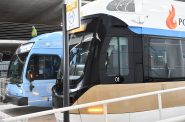 Dec 12th, 2025 by Graham Kilmer
Dec 12th, 2025 by Graham Kilmer
-
Will GOGO’s Bus Service Ever Get Going?
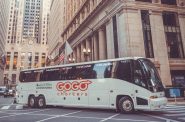 Dec 9th, 2025 by Jeramey Jannene
Dec 9th, 2025 by Jeramey Jannene



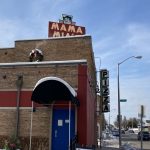
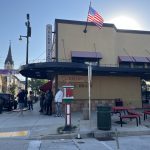

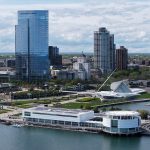
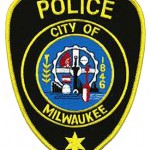



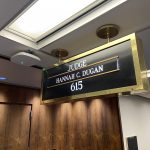







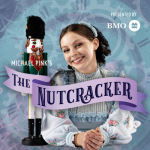
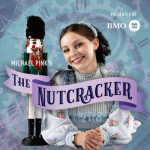
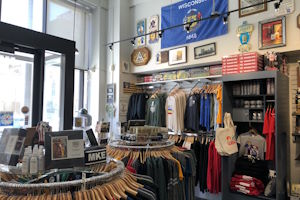
They will get riders if the train cars themselves a nice place to sit for a while. If this is “light rail,” then the cars should be lighter than those tired old cross-country Amtrak cars. That will cost additional money along with all the new stations.
By law, this cannot be light rail. The Feds don’t allow light rail to operate on the same tracks as “heavy rail”–like reight trains, Metra Commuter trains, or Amtrak. So as long as there is even one freight train or Metra/Amtrak train on any part of this route, light rail would not be legal.
This is very exciting and ar least a couple of generations overdue.
It’d be nice to get some Stadler FLIRTs to use on this line. I’d love to see them build our own version of Caltrain or Southshore Line.
How on God’s green Earth were we able to have the North Shore Line that started near the Schroeder Hotel in Downtown Milwaukee, to the Chicago loop? I am old…so I remember being on ones that started there and took us to Marshall Fields at Christmastime…back in the day. Relatives would come to visit while stationed at the Great Lakes naval base for the day, and be back by midnight. I know the freeways took over the landscape after it ceased operation in 1963…but if you could have it then…why not now…if there is renewed interest.
This is a great summary of what’s happened in the past, but I hope future coverage links to MARK Rail’s active project website, which has lots more information about who is involved and what’s going on with the current planning effort. https://www.markrail.org if anyone is interested. It’s extremely exciting to see this get talked about again.
What would be fantastic is a commuter line from Kenosha to Green Bay and from Milwaukee to Madison then onto Eau Claire. This is already a line that runs from La Crosse to Milwaukee (part of the Empire Builder.) All one needs to do is look at the photos Jeramey Jannene took for the article about the high bridge over the Menomonie Valley, to see how wasteful the Marquette Interchange is. There must be 100 acres of land that is taken out of the tax rolls. Add on the fact that Milwaukee must deal with the dirty air that gets trapped over Milwaukee. When the freeways began to be built, the public transportation was scrapped. 75 years later, we are trying to rebuild was had been. It is interesting how cities with vibrant public transit system fare much better than cities without such as Milwaukee.
A commuter rail line with bus service to the big I-94 businesses that employ thousands of people could benefit from the perspective of having a larger pool of laborers to draw from with
Great news for those of us who are super-commuters to the Chicago area!
I applaud this work for commuter rail in Southeastern Wisconsin. Commuter rail can be part of an integrated transportation system that connects people and communities for extraordinary opportunities. Examples around the world show this in action–metropolitan Helsinki, Finland, demonstrates how heavy rail, commuter rail, and trams (streetcars) interoperate with several types of buses–long distance, metropolitan-scale, and neighborhood as well as active transportation–walking and bicycling–and water transportation with ferries. It is this idea of mode and scale that makes a regional transportation system work. Each mode works well for its geographic reach and purpose at various distances, and different modes serving niche purposes all work in a complementary way. It is not just a matter of the right mode of transit for the situation at each level of geographic scale, but the right mix of modes for the region. This mix of transportation evolves incrementally over time, but the key is proximate transit-oriented development near stations that provide the trip-generators (people, businesses, and other activities), and an area can gain some independence from automobile-only transportation.
It will take some vision and leadership for this to happen, but it need not happen in a top-down fashion, as the gradual work toward this commuter rail (many decades and generations in the making) shows. However, a larger vision and realization, even when looking back in history, can demonstrate how multimodal transportation can work. Not only Helsinki, Finland (slightly colder and snowier than the Milwaukee Metro area), but other metropolitan areas around the world show this in operation every day. We had it here a century or so ago, and can have it here in time, but we need to support the elected representatives who will support it, and support it ourselves by advocating and using the alternative transportation we have now in all modes — walking, biking, bus, streetcar, and the Amtrak service we have now. Ultimately, it will be people voting every day by their feet or ability to choose how they get around that makes any transportation system a success. It is this daily use–the choices you make–that grows the transportation system we do have from the ground up and incrementally.